Results
-
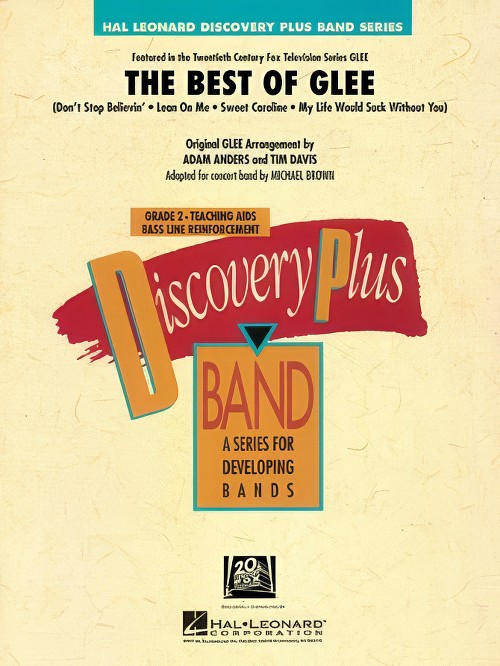 £47.50
£47.50Glee, The Best of (Concert Band - Score and Parts) - Brown, Michael
Don't be left behind as the Glee phenomenon continues to bolster excitement and interest in school music programs all across the country! Here is an entertaining and energetic medley of familiar hits in a very playable arrangement for young bands. Includes: Don't Stop Believin', Lean on Me, Sweet Caroline, and My Life Would Suck Without You
Estimated dispatch 7-14 working days
-
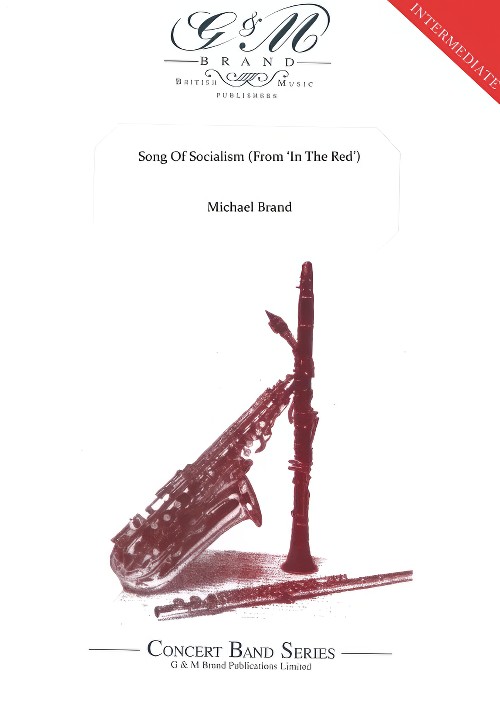 £74.95
£74.95Song Of Socialism (From In The Red) (Concert Band - Score and Parts) - Brand, Michael
In the Red is an original brass band musical by Brand, Michael and Ian Chippendale. It is based on Robert Tressell's famous socialist novel, The Ragged-Trousered Philanthropists, which describes the trials and tribulations, the humour and the marriages of working-class life in Edwardian England. This powerful book has been allied to a powerful score and the show ends with the show's hero, Will Easton, exorting all the working men - painter and decorators - to embrace socialism and overthrow the bosses. In this Song of Socialism, the men start marching to a new destiny. It never happened in England of course, but it did elsewhere! The composer has now arranged this stirring march for Concert Band
Estimated dispatch 7-14 working days
-
 £14.95
£14.95Song Of Socialism (From In The Red) (Concert Band - Score Only) - Brand, Michael
In the Red is an original brass band musical by Brand, Michael and Ian Chippendale. It is based on Robert Tressell's famous socialist novel, The Ragged-Trousered Philanthropists, which describes the trials and tribulations, the humour and the marriages of working-class life in Edwardian England. This powerful book has been allied to a powerful score and the show ends with the show's hero, Will Easton, exorting all the working men - painter and decorators - to embrace socialism and overthrow the bosses. In this Song of Socialism, the men start marching to a new destiny. It never happened in England of course, but it did elsewhere! The composer has now arranged this stirring march for Concert Band
Estimated dispatch 7-14 working days
-
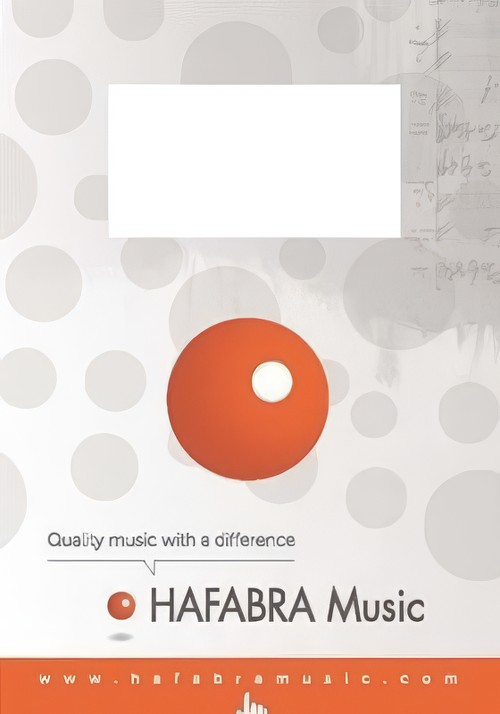 £85.00
£85.00Walking the Dog (Clarinet Solo with Concert Band - Score and Parts) - Gershwin, George - Bourgeois, Derek
Walking The Dog is one of Gershwin's lighter numbers. It is a clarinet showpiece that is just as much fun as the title suggests. Taken from the movie Shall We Dance, staring none other than the great Fred Astaire and Ginger Rogers, Walking The Dog catches George Gershwin at the very height of his powers. Rather than the bustling, complex symphonic scores he was by-now accustomed to knocking out, it's a simple, elegant little stroll, as the title suggests. In fact, in the 1937 film, it accompanies a scene of dog-walking, aboard the luxury deck of an ocean liner. Since its use in the film, though, the song has taken on a life of its own and become a popular showing-off piece for clarinettists everywhere. Interestingly, it's also the only section of score from the whole of Shall We Dance that remains - the rest of the movie's music remains sadly unpublished.Duration: 3.00
Estimated dispatch 7-14 working days
-
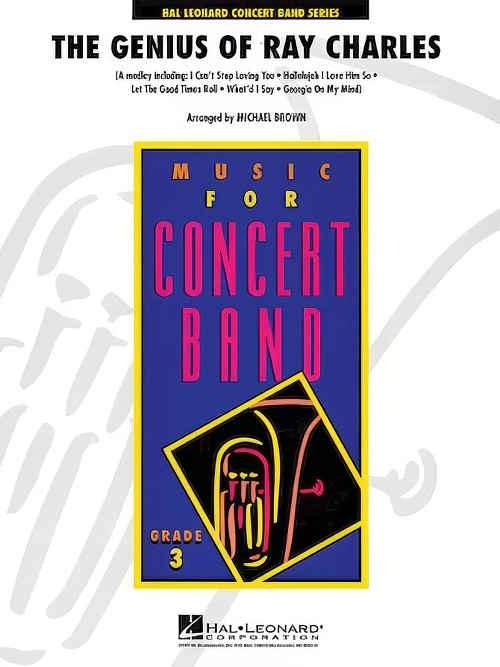 £72.99
£72.99The Genius of Ray Charles (Concert Band - Score and Parts) - Brown, Michael
The amazing life story of Ray Charles is featured in the movie Ray starring Jamie Foxx. Ray's unique style and passion for music is forever etched in our country's cultural fabric. Michael Brown gives us a masterful blend of the unforgettable hits Georgia On My Mind, I Can't Stop Loving You, What'd I Say, Hallelujah I Love Her So and Let the Good Times Roll.
Estimated dispatch 7-14 working days
-
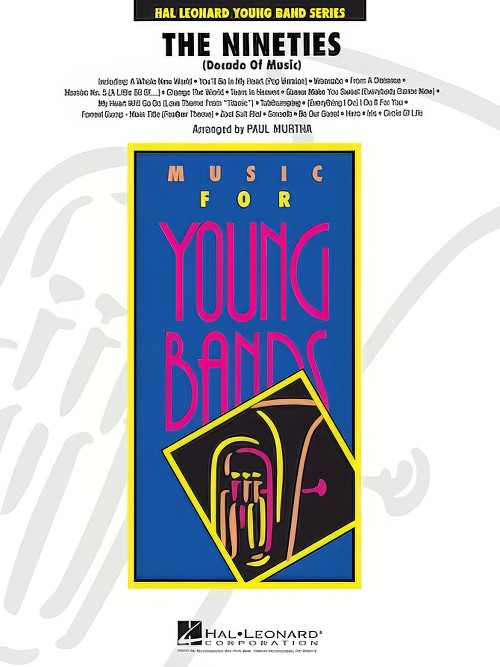 £64.99
£64.99The Nineties: Decade of Music (Concert Band - Score and Parts) - Murtha, Paul
A marvelous collection of hits from 10 years of memorable themes skillfully woven together in a medley that will be the highlight of any pops concert. Includes: From a Distance, (Everything I Do) I Do It For You, Gonna Make You Sweat, Tears In Heaven, A Whole New World, Hero, Change The World, Wannabe, Tubthumping, Iris, My Heart Will Go On, Zoot Suit Riot, You'll Be In My Heart, Mambo No. 5, Smooth, Forrest Gump - Main Title, Be Our Guest, Circle Of Life.
Estimated dispatch 7-14 working days
-
 £64.99
£64.99The Young Amadeus (Concert Band - Score and Parts) - Mozart, Wolfgang Amadeus - Parker, Tom
Melody is the very essence of music. - W.A. Mozart (1786)Mozart confirmed this view on melody by writing the Ave Verum Corpus near the end of his short life. Originally written for chorus, strings, and organ, this work stands among the most beautiful musical expressions of all time. Timothy Johnson has skilfully made Mozart's wondrous achievement available to concert bands. It's perfect for worship services and the sostenuto style, with careful attention to dynamics, makes it a great choice for that middle spot at festival or for the more serious moment at any performance. Given the opportunity, young bands Love to play truly great music, and it just doesn't get much better than the mastery of Mozart.Duration: 3.30
Estimated dispatch 7-14 working days
-
£89.99
All Over the Country (Concert Band - Score and Parts)
In his solo piece for alto saxophone and concert band, Gerald Oswald presents a musical palette of landscapes, moods and human characters. The music reflects different and contrasting moods and lifestyles. The composer set out to show the diversity, the cultural differences and the contrasting ways of life that might exist right next to each other on a piece of land. The result is a varied composition, sure to bring joy to the soloist, the concert band and audience alike! 05:10
Estimated dispatch 7-14 working days
-
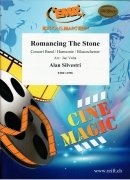 £132.10
£132.10ROMANCING THE STONE (Advanced Concert Band) - Silvestri, Alan - Valta, Jan
Movie: Romancing the Stone (To Live In A Novel/ Now Here's The Real Life/Jungle On Foot/To Kiss The Diamond/The Boat And The Crocodile Shoes) Duration: 7:42 American Grade 4
Estimated dispatch 7-14 working days
-
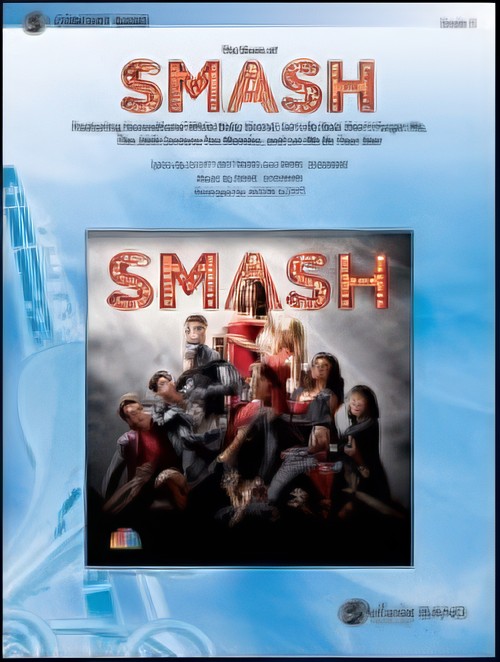 £67.95
£67.95SMASH, The Music of (Intermediate Concert Band) - Scott, Jason
The music of SMASH is rich and colourful. From the brilliant songwriting team of Marc Shaiman and Scott Wittman, the television show chronicles the life and times of mega-star Marilyn Monroe during the creation of a Broadway musical based on her story, is the core of the hugely successful NBC musical drama. Titles from the first season include "Secondhand White Baby Grand," "Let's Be Bad," "Don't Forget Me," "The 20th Century Fox Mambo," and "Let Me Be Your Star." This stirring arrangement is sure to provide a "smashing" Broadway-style performance! Duration: 4:15
Estimated dispatch 7-14 working days
